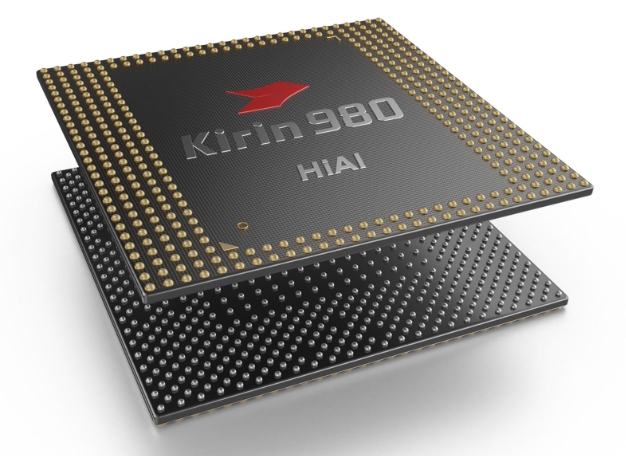Huawei Launches 7nm Kirin 980 Octa-Core Arm Cortex-A76 SoC With Mali-G76 GPU
Due to the process shrink from 10nm to 7nm, Huawei is boasting unparalleled levels of performance and efficiency. The Kirin 980 crams in 6.9 billion transistors in a 1cm2die and promises a 20 percent improvement in power efficiency. Considering that we all crave the best performance possible out of our mobile devices, you'll also be happy to know that Huawei boosted overall processing performance by 20 percent.
The Kirin 980 uses Cortex-A76 cores, which we first detailed back in May. As for its architectural layout, Huawei says that the Kirin 980 uses two "super-big" Cortex-A76 cores (2.6GHz) and two "big" Cortex-A76 cores (1.92GHz). These are complimented by four "little" Cortex-A55 cores (1.8GHz). According to the company, this three-phase processor hierarchy is superior than existing big.LITTLE configurations.
Of course, we can't talk about processing performance without mentioning the GPU. In this case, the Kirin 980 makes using of the Mali-G76 GPU which uses a number of innovative design techniques to boast a 178 percent improvement in power efficiency while delivering a 46 percent uplift in graphics performance. As you can see, the move to 7nm is allowing for some rather big gains across the board.

However, there's more to an SoC these days than just the CPU and GPU; there's also an increasing reliance on hardware AI engines. With respect to the Kirin 980, Huawei has implemented what it calls the Dual NPUs or "Dual Brain". “The Kirin 980 can recognize up to 4,500 images per minute, up 120 percent compared to Kirin 970, further demonstrating Huawei’s industry leadership in the On-Device AI space," writes Huawei. "Additionally, Kirin 980 supports common AI frameworks such as Caffee, Tensorflow and Tensorflow Lite, and provides a suite of tools that simplifies the difficulty of engineering On-Device AI, allowing developers to easily tap into the leading processing power of the Dual NPU."
Until mobile network operators can get their 5G wireless networks up and running, we're still beholden to 4G LTE wireless technology. To that end, the Kirin 980 is equipped with an integrated Category 21 LTE modem that promises peak download speeds of 1.4Gbps and supports carrier aggregation. Oh, and we should mention that the Kirin 980 is compatible with Huawei's upcoming Balong 5G modem and supports 2133MHz LPDDR4X RAM.
Huawei is being mum on details surrounding the first devices that will ship with Kirin 980, but it does, however, note that the first Mate Series smartphones to adopt the chip will launch in October. And while Huawei may be the first out the gate with 7nm SoCs based on Cortex-A76, Qualcomm won’t be far behind.


